Published by Jeremy.
Disclaimers: We use demographic data, email opt-ins, display advertising, and affiliate links to operate this site. Please review our Terms and Conditions for more information. This website is intended for those of legal drinking age in your jurisdiction.
If you are looking to build a wine cellar at home, it may seem pretty simple on the surface. Build a sufficient capacity for storage, stock it with ageable bottles, and, if you want aged wines, wait for the power of time to work its magic.
This is, of course, a pretty sound approach that many wine collectors take.
But there is an inherent problem here that should be obvious- what if you want to drink aged wine now? There are only two ways you can enjoy an old bottle of wine and that is either to buy an old bottle or put a young bottle of wine in your cellar and wait it out.
If you're like us and don't want to wait 30-some years to crack open an aged wine from that case you just bought, you now have a stocking issue on your hands. This is inherently a math problem to balance aged wines on hand with younger (and often significantly more affordable) wines to age. Thankfully, we're both former engineers and have thoroughly thought this one out.
Cellaring Wine and Enjoying Aged Wine is a Volume Problem
If you are looking to build a wine cellar to age wine, you have a math problem on your hands. This is because there are many variables at play- namely how long you want to age your bottles at home, how old they were when you purchased them, your cellar's total capacity, and how many aged wines you want to drink on average in any given year.
If you simply want to buy cases of wine, age them for a few decades, and more or less forget about them until then, that math is easy. But what if you want to have a cellar with wines that are aging to enjoy 20-30 years from now and also have a stock of wine that is at its prime at 5, 15, or even 30 years old to enjoy right now?
This is where the math gets tricky. You need to accumulate the right vintages, and balance that with your ideal consumption while also accounting for the fact that wines age over time.
We created a model based on an idealized drinking scenario to see how this shakes out from a purely hypothetical standpoint. We started with the assumption that we typically drink young wines (< 5 years old) and would like to see how many bottles we need to have on hand to drink one aged bottle (> 5 years old) per month with a maximum bottle age of 30 years. This would be twelve bottles of wine aged 5-30 years per year.
That seems pretty simple, right? This one starts out easy but then gets tricky in a hurry.
First, we broke down approximate ages for each of those 12 bottles we'd like to have every year:
- 5 Year Old Bottles – 5 Per Year
- 10 Year Old Bottles – 3 Per Year
- 15 Year Old Bottles – 2 Per Year
- 20 Year Old Bottles – 1 Per Year
- 25 Year Old Bottles – 0.5 Per Year
- Up to 30 Year Old Bottles – 0.5 Per Year
- Total: 12 bottles per year at an average age of ~11 years.
In having a breakdown of how many aged bottles we want to have per year, we can calculate how many bottles our cellar needs to have allocated to account for aging over time. This is done by simply multiplying the ideal bottle age by annual consumption. For example, if we want to drink one bottle of 20-year-old wine per year per the above, we'll always need twenty bottles allocated in our cellar between 1-20 years of age such that one bottle “ages into” the 20-year target every year. This looks like the following:
- 5 Year Old Bottles – 25 from 1-5 Years in Age
- 10 Year Old Bottles – 30 from 1-10 Years in Age
- 15 Year Old Bottles – 30 from 1-15 Years in Age
- 20 Year Old Bottles – 20 from 1-20 Years in Age
- 25 Year Old Bottles – 12-13 from 1-25 Years in Age
- 30 Year Old Bottles – 15 from 1-30 Years in Age
In a perfect world, each age tier would look a bit like a cascade in terms of its vintage allocation. Our cellar would have five bottles of five-year-old wine to enjoy in Year 1, five bottles of four-year-old wine to enjoy in Year 2 (when it would then be five years old), five bottles of three-year-old wine to enjoy in Year 3 (when it would then be five years old), and so on. We'd have one bottle of 30-year-old wine to enjoy in Year 1, one 28-year-old bottle to enjoy in Year 3 (when it would then be 30 years old), and so on.
We can run with this for a hypothetical scenario but recognize that in practice the target bottle age is just an approximation. This simply highlights that a mix of vintages if required to continually drink aged wine if you have a dream schedule like the one we put together above.
What you may have noticed very quickly here is that the above math highlights a capacity problem for most home wine cellars. If you wanted to enjoy a distribution of just 12 bottles of aged wine per year, and age most of them yourself to some degree, you'd need to have a dedicated area of your cellar for about 133 bottles at a minimum with our idealized schedule.
As our cellar has room for 168 bottles, and our wine fridge can store another 40 or so, having a modest aging section would take up 65% of our capacity. As we generally would drink 2-3 bottles a week, this would allow us to have up to eight months of additional young wines (< 5 years old) on hand to drink now. This checks one box as our wine cellar is indeed big enough, but still highlights a capacity issue for those who want to get into at-home aging- aging wines requires volume!
But there is also a second problem here, and that revolves around the logistics of acquiring these wines in the first place.
The Balancing Act of Aging Young and Old Wines
I built my home wine cellar when I was 33 and started filling in earnest it shortly thereafter. If I wanted to throw a young bottle of wine in my cellar to age for 30 years, that means I won't be able to enjoy a 30-year-old bottle until I was in my early 60s. That doesn't sound fun at all- as mentioned many times in this article I want to enjoy some aged wines now!
To accommodate this, we would really need a mix of vintages from the current year to 30-years-old in order to enjoy our idealized spread starting in Year 1. Thankfully, we can refine our math some to predict just how many bottles we would need to purchase upfront to maintain that idealized schedule in perpetuity. Since time is on your side with a 12 bottle per year consumption (11-years, to be exact), you can thankfully go a bit top-heavy to younger wines to allow some to age into older categories as time progresses.
The allocation structure we came up to buy in Year 1 is the following:
- 1-5 Years: 60 Bottles
- 6-10 Years: 35 Bottles
- 11-15 Years: 20 Bottles
- 16-20 Years: 10 Bottles
- 21-25 Years: 5 Bottles
- 26-30 Years: 2.5 Bottles
The above breakout continues the consumption spread mentioned at the start of this article (e.g. five bottles of five-year-old wine per year, three bottles of ten-year-old wine, etc.) and accounts for purchasing extra bottles upfront to age into subsequent tiers over time. The goal is to have your upfront purchases replenish the tier below it over time such that you have a perpetual collection of aged wines in the idealized spread.
It should be worth noting, that the only real benefit of doing something like this is to simply reduce your cost. Wines that are 15 years or older can be hundreds of dollars, are sometimes hard to find, and not to mention sometimes impossible to tell if they've been cellared properly. By going top-heavy with younger wines, you can manage a lot of this yourself while also (hopefully) saving money. That being said, you'll still need some aged bottles to start if you want to drink any old wines in the next decade.
To think of this a bit differently, we think you should look at your cellar over a five-year time period. After five years, the wines in each age range are now five years older and effectively replenish the starting amount in the tier below it. (i.e. after five years, you will have consumed 25 five-year-old bottles but have 35 remaining. Thanks to the passage of time, these will then be 6-10 years in age. In the next five years, you now can consume 15 of these and keep 20 more where, at the end of that five-year window, they'll now be 11-15 years old, and the cascade continues on.)
- 1-5 Years: 25 Bottles to Consume, 35 to Age to the Below Tiers
- 6-10 Years: 15 Bottles to Consume, 20 to Age to the Below Tiers
- 11-15 Years: 10 Bottles to Consume, 10 to Age to the Below Tiers
- 16-20 Years: 5 Bottles to Consume, 5 to Age to the Below Tier
- 21-25 Years: 2.5 Bottles to Consume, 2.5 to Age to the Below Tier
- 26-30 Years: 2.5 Bottles to Consume Now
*Note: The quantity of 2.5 bottles does not mean that you will drink half of a bottle at some point, but rather that you are drinking one bottle in that age range every other year. So over five years, the average is 2 or 3 bottles of 21-25-year-old wine and 26-30-year-old wine respectively.
From there, the only maintenance you'll have to do to keep this running in perpetuity is to buy 12 new bottles of young (1-5 year) wine every year (ageable in a range from 5 to 30 years) to replenish the 12 bottles you drink. This is where the cost savings comes in to play as you no longer are buying 15, 20, or 30-year-old bottles beyond the initial stock.
Looking at this over the five-year window noted above, it ends up being 60 bottles. Bottles in, bottles out. In a way, this is not much different than a solera system but for aging bottles instead of bulk wine.
Visually, it looks like the following:
It is worth re-iterating that all of this is purely just a hypothetical exercise to highlight the time and volume problem of maintaining a cellar with a mix of aged wines on hand at all times. This is best viewed as a minimum inventory level in order to maintain constant consumption as outlined above while reducing the number of aged bottles you need to acquire upfront. You buy a few at the start, and then use them as a buffer to wait for the younger (and hopefully more affordable) wines to age in.
To put it bluntly, you can't have a 30-year-old bottle of wine for your anniversary next month if you do not a) buy one or b) age one in your cellar. Sticking to the first point for 30-years will be expensive, and if you wait for the second you won't be having an aged bottle of wine until a much, much later anniversary.
The above plan was designed to have a regular assortment of aged wine on hand at all times while only having to purchase a minimum number of older bottles up front to start the aging cycle at home. This can also be redistributed if your idealized drinking schedule is different than the scenario we created above.
Just remember, for every 30-year-old bottle of wine you want to drink per year, you need 29 more in line to take its place once it is gone. For every 20-year-old bottle, 19 more must take its place. For every 10-year-old bottle, 9 bottles. And so on. If you want to drink 12 bottles of 30-year-old wine every year, your cellar better have the capacity to age 360 bottles of wine- or else be prepared to regularly buy aged wines to supplement your habit over time!
This is really a numbers game.
For more casual wine drinkers, you can certainly fill a cellar with 150-200 ageable wines, drink through them slowly, and then over time find you have five, ten, or twenty-year-old bottles on hand if you have the willpower not to touch them. This is simply a problem for those who want to drink aged wines both now and later.
For those who want to have more aged wines to drink later, you may find you need to simply accumulate far more wines in order to build up an aged inventory over time. Then it is just a matter of if you will sample bottles sooner to see how the wine is progressing (or not), calculating how often you'll do that, and how many bottles you need to purchase to accumulate over time.
For those who find this all frustrating, we get it. This was purely a hypothetical exercise just to highlight the fact that cellaring wine at home requires a large capacity. That capacity increases if you want to enjoy more aged wine over time, and even more if you want to enjoy aged wines now in addition to later. That being said, sometimes it is just as easy to head over to your nearest wine store, pick up a bottle or two of aged wine, pay the premium, and enjoy it right away.
There really is no wrong approach to enjoying aged wine here. We simply just wanted to highlight the fact that building an idealized cellar at home may be harder than it seems!
Do you have an aging plan in place for your cellar? Comment below to share it!
Upgrade Your Home Wine Bar
Need to upgrade your wine bar? Grab some new wine accessories:

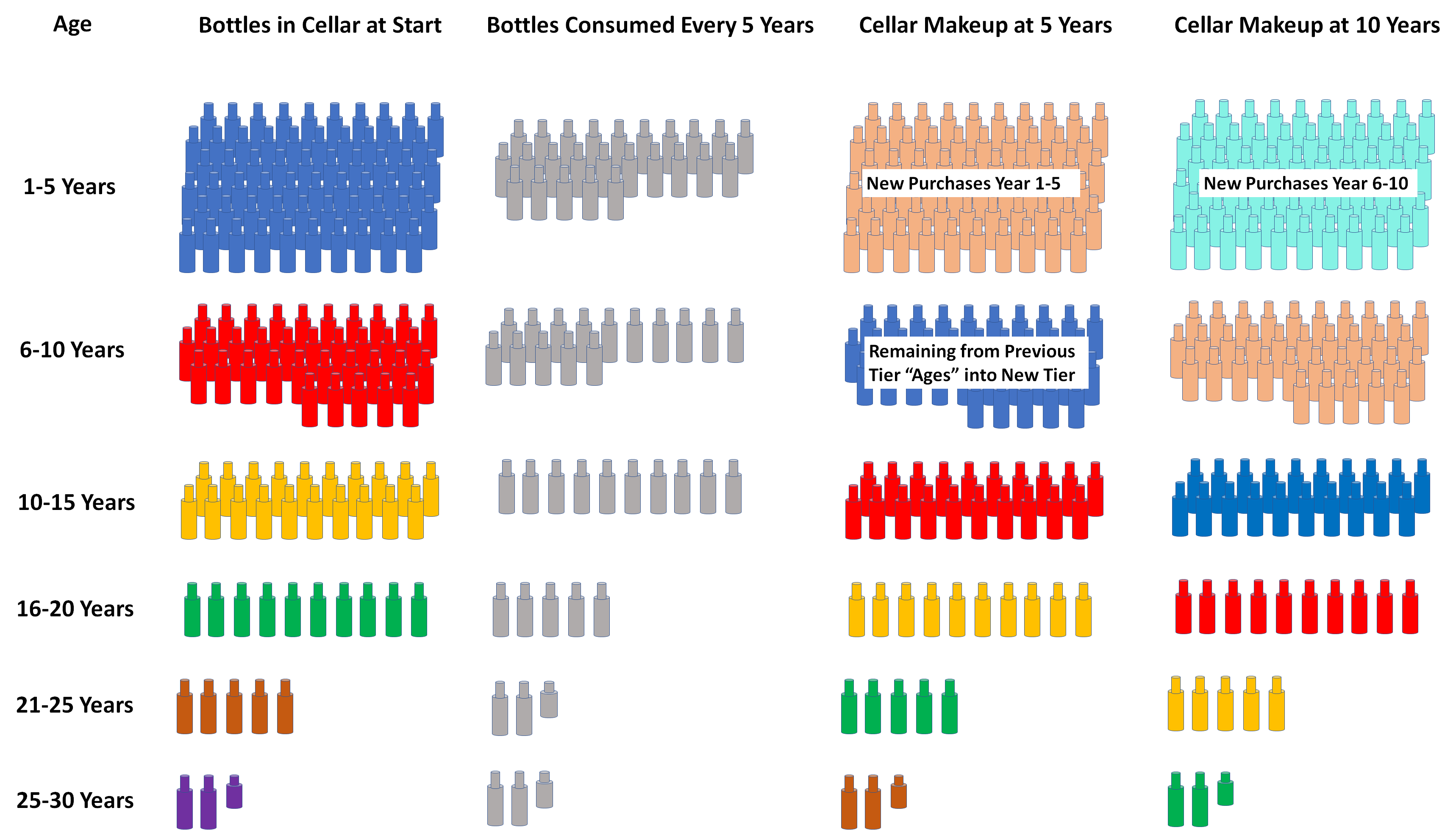
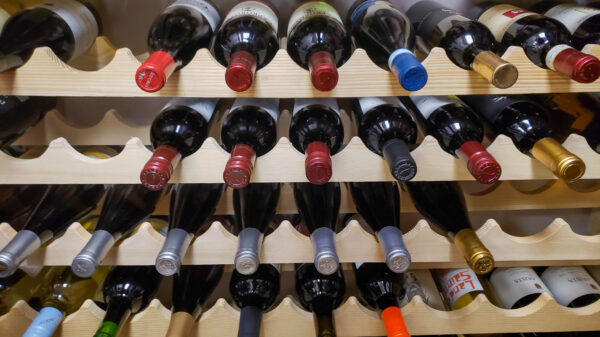
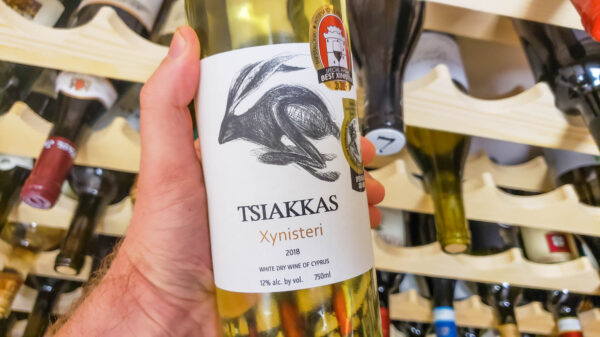
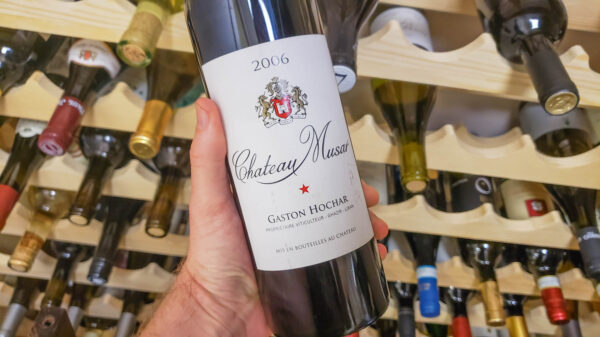
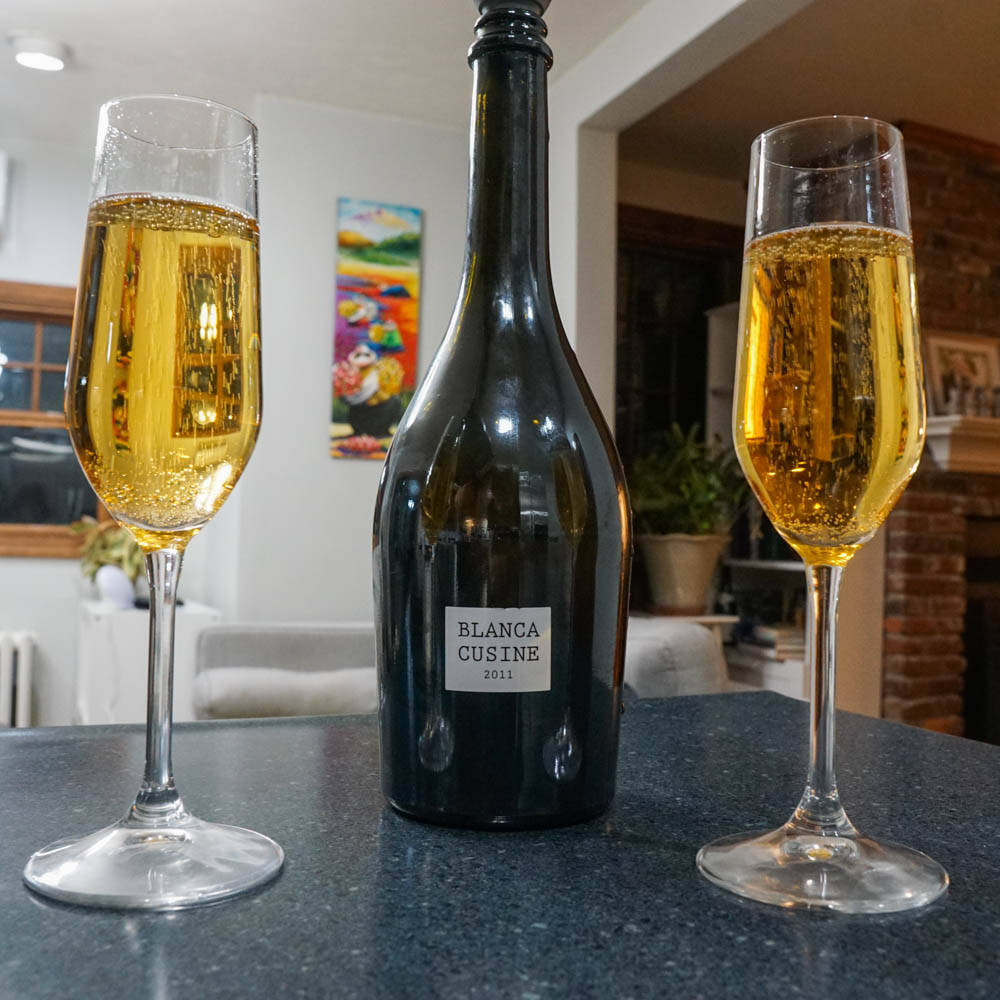
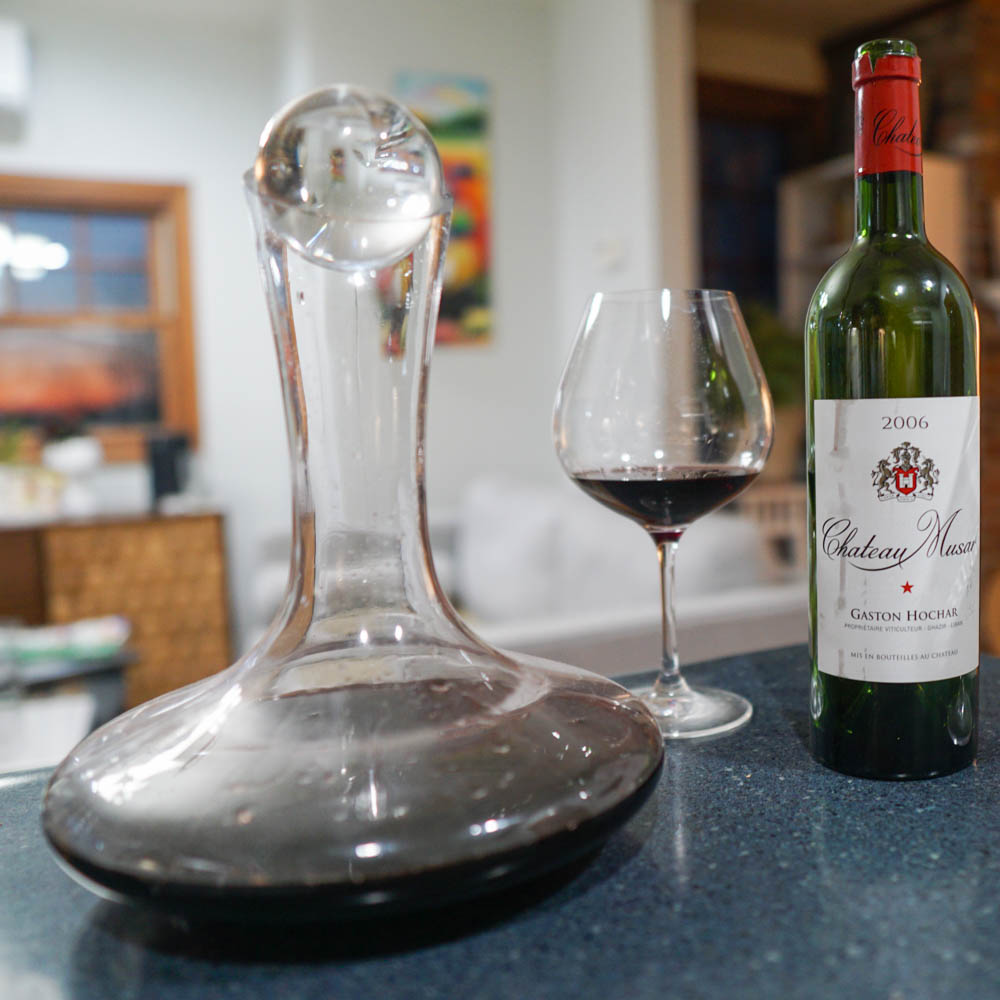
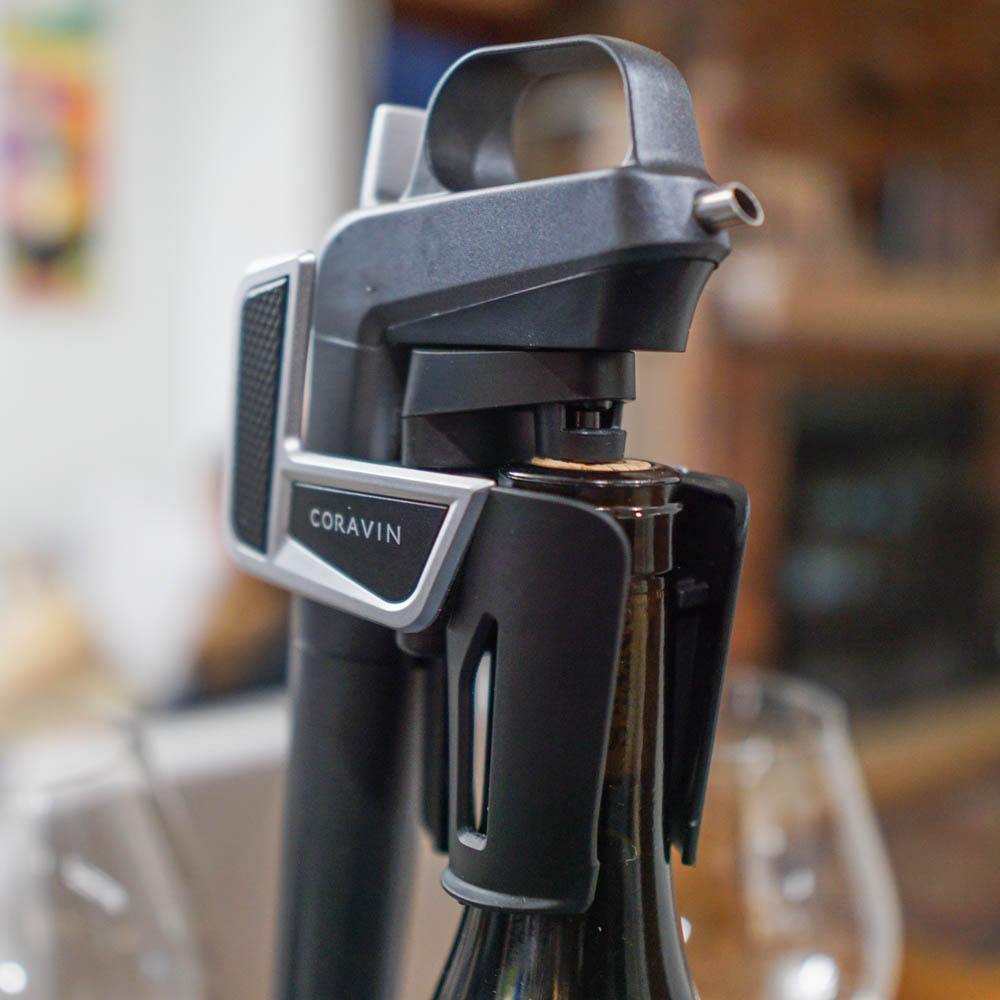
I buy a few now and then, drink one in three months or so and the others will remain forgotten. No pressure at all, just aging my stock with no plan at all. Same as enjoying now, if I feel good about a bottle I just take it home 🏡
This is a thoughtful article. I buy and store a good amount of wine every year, but I have not given any thought to the specifics of how I will manage the aging of wines I want to enjoy in 15 to 20 years. With maybe a handful of exceptions, I’m not especially picky about having a specific wine aged and ready, either. For example, I’m okay with a really good aged Australian Shiraz, but it doesn’t necessarily have to be a Mollydooker. The article has inspired me to give more thought to planning instead of just randomly buying and storing things I might have liked at a tasting. Thanks!